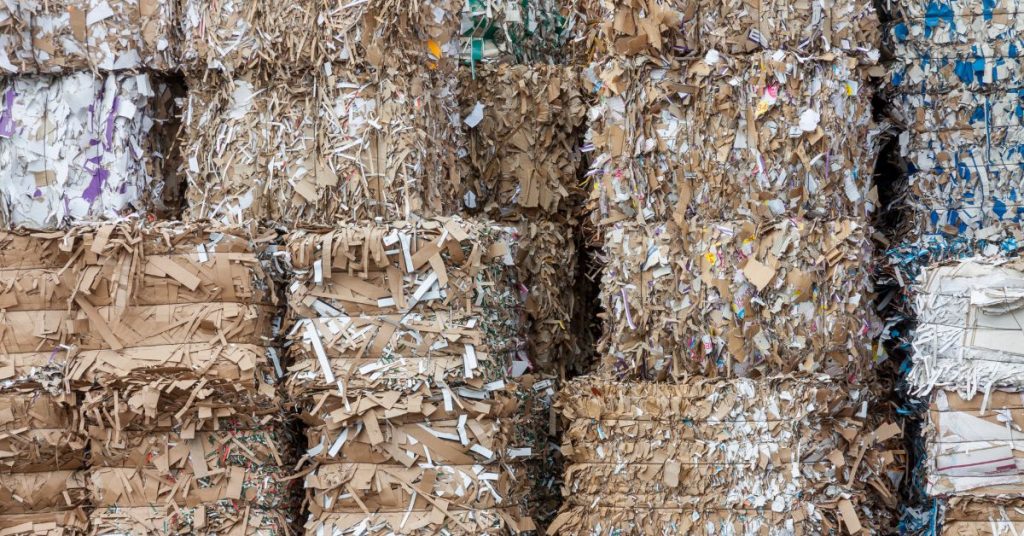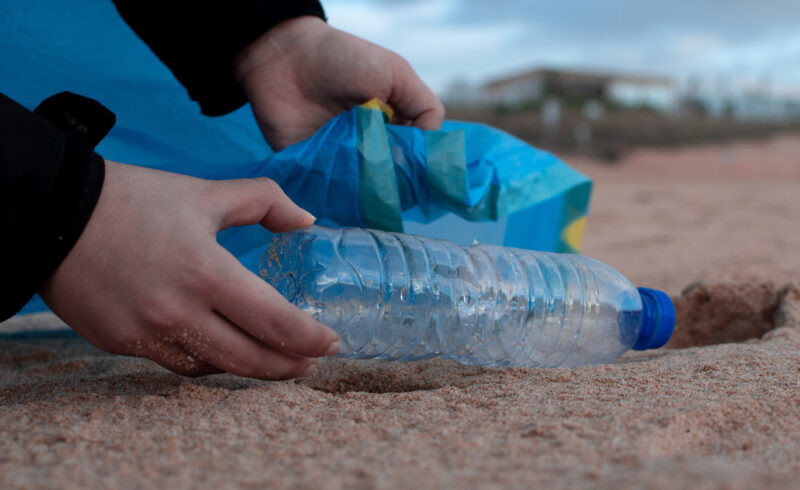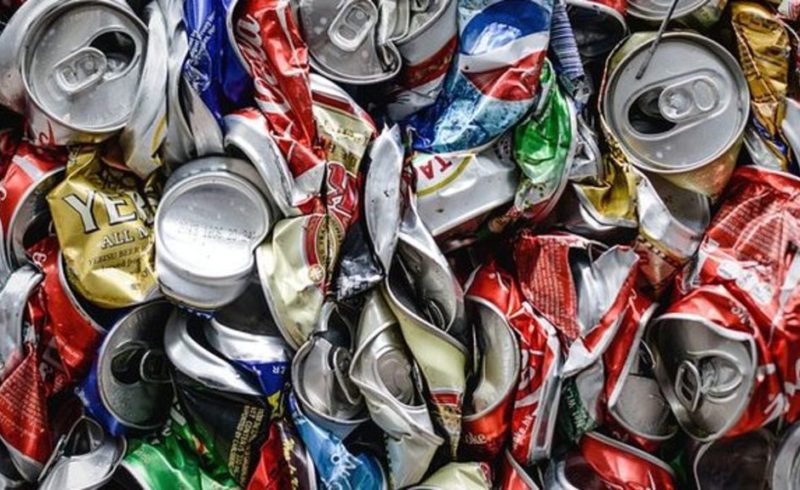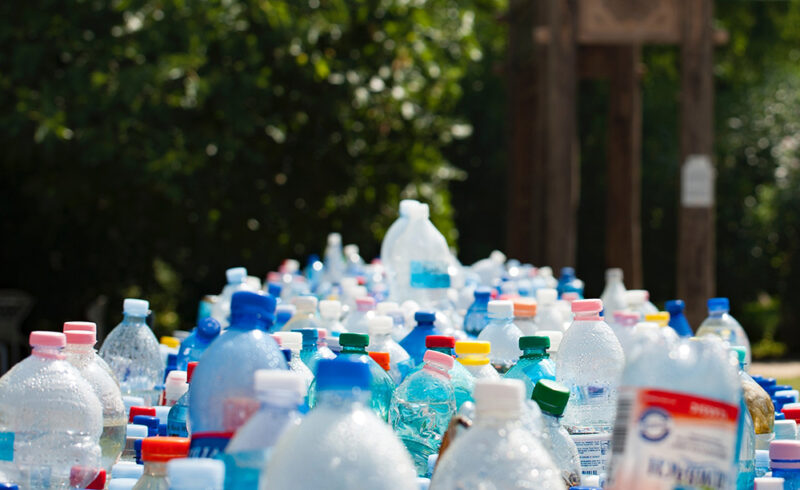The 5 Stages of Paper Recycling
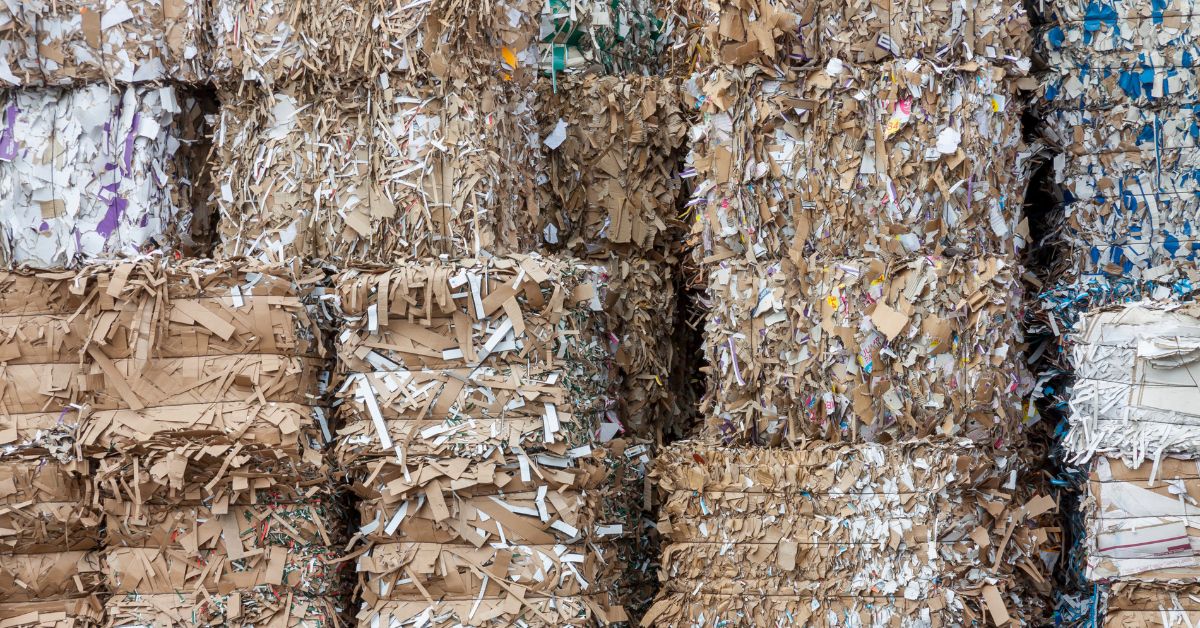
Paper is one of the most widely recycled materials worldwide, because when collected clean it constitutes an excellent raw material for producing new paper.
Learn the five stages of its recycling:
COLLECTION
The collection of used paper is carried out on the initiative of public or private bodies, while no official national collection system exists.
Many commercial enterprises and industries collect paper in special bins, after which it is directed to paper mills for recycling.
Paper from households is today collected in the blue bin (even though this bin is intended for packaging), and then through the Material Recovery Facilities (MRFs) it is sent to paper mills.
It is important for paper to be collected separately from other materials and to be clean!
PULPING
Paper, once collected and separated, is transported to pulping machines. There it is shredded and submerged in water, so that its fibres may be separated and cleaned.
The cleaning initially concerns large foreign additives such as staples and traces of plastic and glass. The paper fibres are gradually cleaned and the pulp is filtered several times so that it becomes suitable for processing.
DEINKING
In the second stage, the cleaning of the paper from any inks it may bear is carried out. This process is called deinking and aims at increasing the whiteness of the mixture. Air is injected into the paper–water solution, and thus the ink adheres to the air bubbles and rises to the surface, from where it is collected. Subsequently, if needed, the paper fibers are whitened with hydrogen peroxide.
PREPARATION OF THE PULP
Through the procedures described above, the paper fibers are progressively cleaned, and after they are filtered and their cleanliness is verified, the final product (pulp) is ready for the creation of new paper. Depending on the type of paper that will be produced, a certain quantity of new raw material is used. Indicatively, newspapers and packaging cartons can be produced from 100% recycled paper.
FORMATION OF THE PAPER SHEET
With the help of machines, the paper is formed into sheets, pressed, and dried. The final shaping of the paper is done according to the buyer’s requirements.
Remember: 1 ton, or approximately 15 packs of white, non-recycled writing paper, requires the cutting of about 20 trees!



